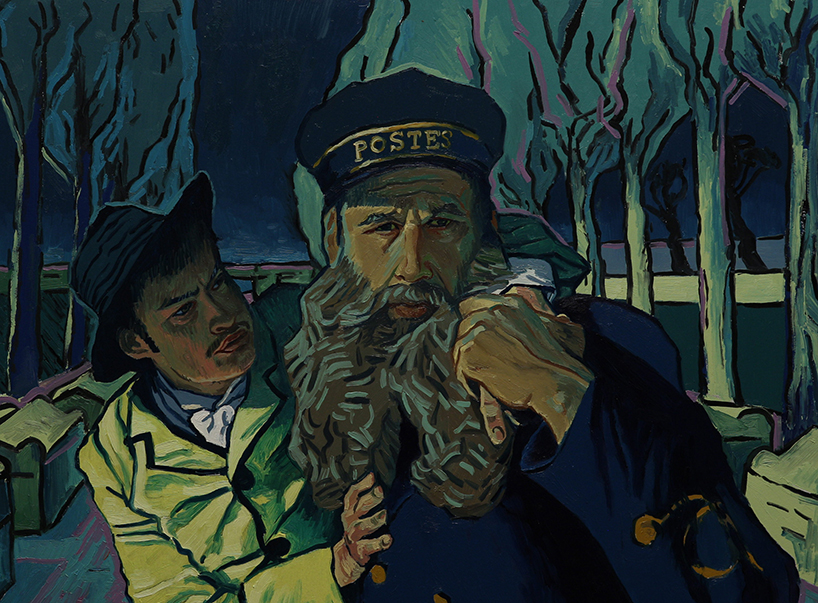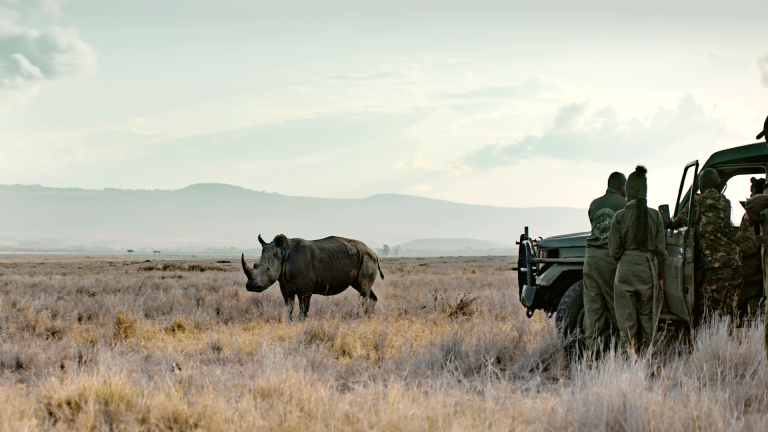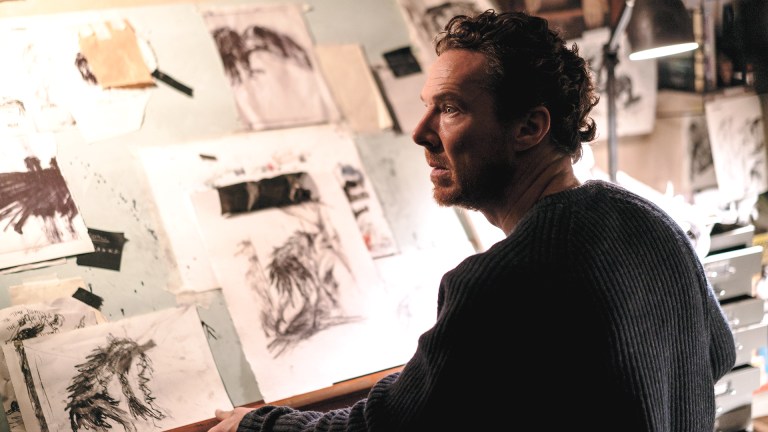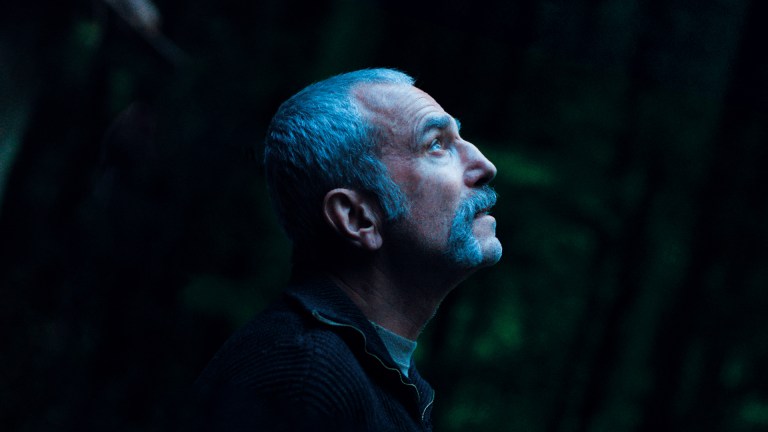The opening credits of a new animation called Loving Vincent inform us that the film is “entirely hand painted by a team of over 100 artists.” The announcement is slightly redundant because from the opening moments of this lavish UK-Polish co-production you know instinctively you’re watching something special. The names of the cast and crew merge into pulsating swirls of colour, the screen a living canvas of thick strokes blending into one another.
Making an effort to look good is the very least you’d expect from a film about the life of Vincent van Gogh – confidently but hardly uncontroversially trumpeted by Loving Vincent as the “founder of modern art”. But directors Dorota Kobiela and Hugh Welchman have really excelled themselves. A portrait of the events leading up to van Gogh’s suicide in Auvers based on the accounts of those who knew him, the movie was shot first with actors, then each frame was painted over by one of Kobiela and Welchman’s team. Modelled closely on some of van Gogh’s most iconic works, this is a film of luxuriant colours and rich textures. In an era of slick CG animation it feels lovingly – sometimes painstakingly – tactile, a handcrafted anomaly in a digital age.
This intensely time-consuming process is obviously meant to evoke the expressive energy of van Gogh’s own brushwork, and I’d say the labour is mostly well spent. One of the pleasures of Loving Vincent is matching up what’s on screen to the Dutch artist’s best-known images: from the roles assigned to some of his most famous subjects, like the voluminously bearded postman Joseph Roulin (here played by Chris O’Dowd, but animated to look very much like the figure van Gogh painted in 1889) to a casual arrangement of fruit and a coffee pot in a hotel in Auvers that can’t help but resemble one of his many still lifes. The end credits provide a useful rundown of the references, like footnotes to an art history paper, and afterwards I found myself browsing the compendious collection of sources.
A superb nightmare scene channels the needling psychological darkness inherent in van Gogh’s life story
A remarkable stylistic achievement, then, but Loving Vincent has its flaws, and I can’t say that its script is equal to the triumphant visual technique on display. The film is a detective story of sorts: on learning of van Gogh’s suicide Roulin’s son Armand (Douglas Booth) leaves Arles (where the Dutchman lived and worked) to travel to Auvers to give an undelivered letter to Theo van Gogh, Vincent’s brother. Armand makes the journey at his father’s insistence: the older man stayed loyal even when the artist’s wild behaviour alienated most.
But once in Auvers Armand finds himself moved by, the story of van Gogh’s final days. He discovers the extraordinary closeness between Vincent and Theo, and learns that Theo died soon after his brother. He also uncovers the mysterious circumstances of Vincent’s death by shooting: was it, as most claim, a suicide, or were other forces at play?










